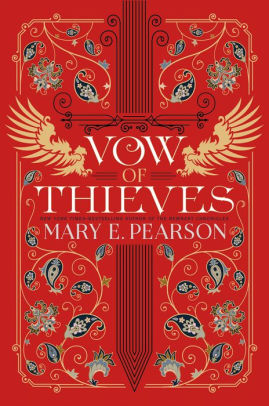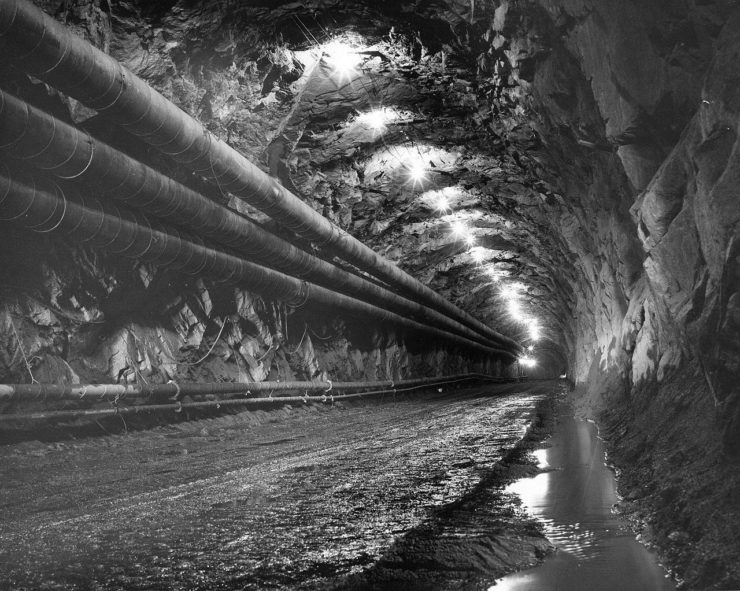A while back, I was on a panel with five other science fiction and fantasy authors. When it was opened up for audience questions we were asked, “What is the strangest thing you had to research for your books?”
We laughed in unison. Our answers were all slightly different but most involved ways to kill people—we’re fantasy authors after all! And not surprisingly, there are a lot of ways to do it. Combine that bit of research with some of the other things we need to know about like explosives, poisons, arson, theft—you know, the things your grandmother didn’t teach you (or maybe she did!)—and all of us were fairly convinced we were on some big bad Watch List somewhere. (Is that why I was detained on my last international trip?)
But besides learning the most surefire way to kill someone with a knife and the ingredients for a variety of explosives, over the course of writing five books plus a novella in the Remnant World, I learned a lot of other fascinating things too. So much of it never ends up on the page, but small details about the planting seasons for various foods, the height of the Washington monument, army formations and battle strategies (you never know when a reverse slope defense might come in handy, right?), medieval architecture, and the erosion rate of various materials all add up to help make the world and characters seem more real. That’s my job, to suspend disbelief, and the more I can round out my fantasy world with real details, the more I can make it believable to the reader. Plus, some of these details are just plain fun to read about.
One thing that I researched ended up being a major plot point in Vow of Thieves. In the distant history of the Remnant world, there was a mysterious cataclysmic event. It was so catastrophic that civilization was destroyed, and from its ashes rose up a new world that is reminiscent of a medieval world, guided only by handfuls of people who managed to survive through a variety of means. We learn about these various means throughout the five books, beginning with Gaudrel who remembers the destruction but frames the history like a fairy tale, a gentler story for her grandchild’s tender ears. But in the final duology, we get a greater glimpse into the origins of the Remnant world when we learn about Jase Ballenger’s ancestors. He shares his family history, about how his dynasty grew from a small group of surviving children led by a fourteen year-old boy.
These children manage to find and hide in an underground bunker. But this was no ordinary bunker. It was built for the greatest leaders of this ancient world, for an escape in the event of an attack, only these leaders weren’t able to get to the bunker. Instead it sheltered children. Of course, in the story it is now centuries later and the bunker has fallen into disarray, but it is still functional and comes to serve a more important purpose than being just an interesting relic.
When I began writing I didn’t know a lot about bunkers, apart from the fact that I was a Cold War child and I remembered my father beginning to dig a bomb shelter in our back yard. He ended up abandoning the project, most likely because it was too impractical, but for years afterward, as I grew up, I saw the iconic yellow fallout shelter signs in just about every public place that had a basement, including department stores. I remembered thinking how strange it would be to be hunkered down between the lingerie and shoes. Could we sleep on those new mattresses in the furniture department? Luckily, I never had to find out.
Later, as an adult, I knew there was an underground bunker beneath the white house for the President in the event of an attack, and had heard of others. How elaborate were they?
Very elaborate, as it turns out.
I learned about the Greenbrier bunker in West Virginia that was kept a secret for over thirty years. It was built to hold all of Congress and was hidden beneath a luxury resort. It was a far cry from a backyard bomb shelter. It had 25 ton blast doors, could house 1100 people, had multiple dormitories, a small hospital with operating rooms, its own power plant, filtration system, plus a cafeteria. Though locals were suspicious of the 7000 foot airstrip that was there for a small town of 3000, no one knew of the bunker until 1992 when the secret was exposed by the Washington Post. After that, the government decommissioned the site.
Buy the Book


Vow of Thieves
They give public tours there now. The dormitories in the bunker look more like army barracks with their sparse furnishings, metal lockers, and long rows of bunk beds. Many of the details at Greenbrier, including the bunk beds, are partly what I based the Ballenger mountain “vault” on in Vow of Thieves.
While tons of earth were excavated beneath the hotel at Greenbrier to make room for the bunker, one feature that was common in other bunkers I read about was that they were carved into mountains of rock, which makes sense. Nothing like having a solid impenetrable roof over your head in the event of an attack. The Cheyenne Mountain Nuclear Bunker, headquarters for NORAD in Colorado, is one of those bunkers. It’s carved out of a mountain of solid granite, has a one-mile tunnel entrance, fifteen 3-story buildings inside that are built on giant springs so they will remain intact in the event of an earthquake, and it even has its own underground lake of fresh water!
And so the entrance to the Ballenger vault is also found down a long tunnel carved from rock—a side tunnel to be specific, just like Norad—so that the main tunnel can absorb the brunt of a nuclear blast. Details! And like Norad, the Ballenger vault has its own fresh water spring that provides more than enough water for its occupants.
So sometimes the most fascinating research is not about killing people, but about keeping them alive. Are there other secret bunkers in the U.S.? Without a doubt. Maybe there is one in your town and you don’t even know it.
Where is the Ballenger vault located? On a granite mountain named Tor’s Watch, which you’ll have a hard time locating on a map. Unless, that is, you have a very specific map like the one on the endpapers in Vow of Thieves. And the map there just might seem eerily familiar to you.
Mary E. Pearson is the New York Times Bestselling and award-winning author of The Remnant Chronicles trilogy, The Jenna Fox Chronicles, The Miles Between, A Room on Lorelei, and Scribbler of Dreams. She writes full-time from her home office in California.










